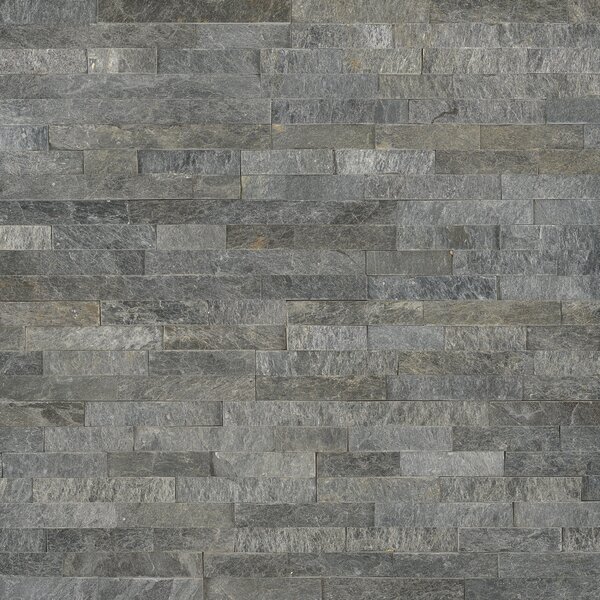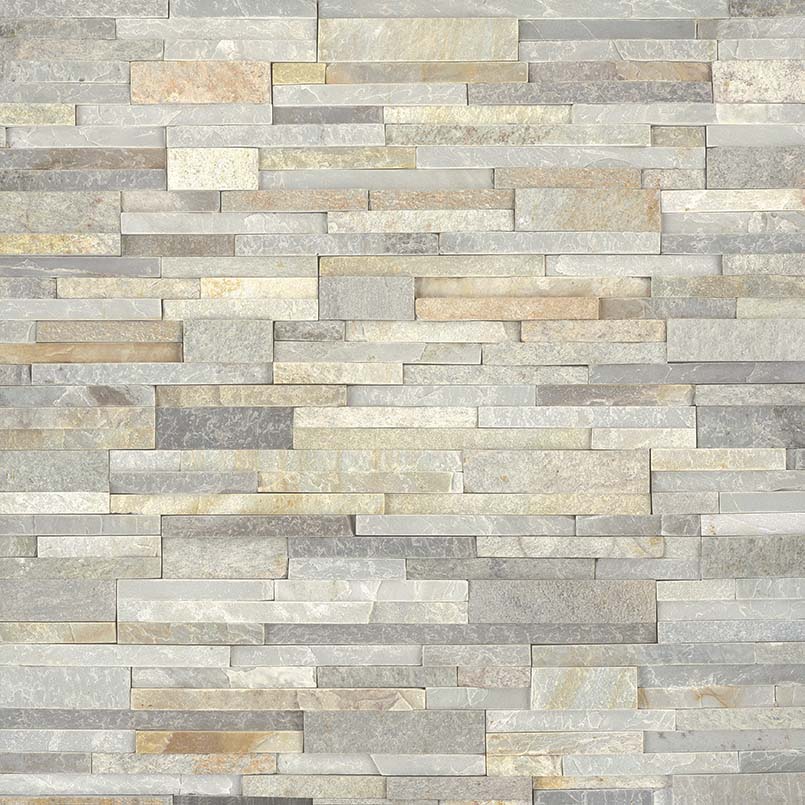

Tedious process, but I guarantee the stone will set in place solid. Any additional mortar the oozes out, you can trowel over to the area of the wall you will cover with the next stone.
MSI STACKED STONE FULL
You def want some ooze which shows you 100% full coverage.
MSI STACKED STONE INSTALL
This helps keep too much mortar from oozing our from behind the stone when you install it to the wall.

When you butter the back of the stones, around the perimeter of the stones, you will trowel off the mortar at a 45 degree angle around the perimeter of the stone to the edge of the stone. Not sure what product you are using, but per MSI real veneer panels, the product I used, and also did same for Corning Cultures stone, I coated the wall with 1/2" of mortar, (always covering a few more inches than the actual stone size will be on the wall, then buttered the back of each stone, about same 1/2" full coverage (no notched trowel), then set & pressed the stones in place which will give you approx 1/2" to 3/4" of mortar thickness after pressed into place. The patience is worth it.Ĭlick to expand. There is also mortar made for stone & heavy veneer. You should be getting full coverage with a standard mortar trowel. This ain't tile, and a notched trowel is not the proper trowel. 3/16" ain't much for mortar, too thin for me. Mitering each course end while actually finishing that course will save you a lot of guesswork, frustration, and cutting. mitered and used as the start for the next course. The cuts from the finish end can be cut to fit with each course, and the left over from the last pc. Myself, I would not short cut it, and apply mortar to both surfaces.Īs far as the miters, You should work from one end and across, then next course back to starting side and across. whatever you do, make sure you wet the back of the stone, either if you butter or not. I had better luck with a wet coat on the wall approx 1/2", then 1/2" on back of stone, then press and slightly wiggle in place. Typically a scratch coat is called for on the wall side, then wet the scratch, butter the stone back, and wiggle in place for a good seal. I used similar real stone veneer on my old brick fireplace, and I have installed about 400sf of cultured stone over painted superior concrete walls.
MSI STACKED STONE HOW TO
I'm a bit stumped as to how to cut each piece.ġ) What should I realistically account for in thickness of mortar when installing stackstone? I'm using a 3/8" trowel, but once I place the stone in place, I'm assuming it will squish down?Ģ) How can I cut my stone (corner miter cuts) in advance not really knowing how thick the mortar will be? Should I just assume it will be 1/4" or 1/2" out from the cement board?ģ) Any advice on the best way to accomplish this?

When I did my cuts this morning, I based all of my measurements on the stone butting up directly to the cement board with no mortar. If I have 1/4" or 1/2" of mortar behind each piece, I will now have a gap in my miter cut. I was happy that I got everything lined up when I had a realization: My miter cuts on each wall won't fit once I use mortar. The picture below shows my first row cut, and set against the wall (no mortar yet). This morning I started laying out and making my cuts on the bottom row. The fireplace is in a corner of the room, and I'm running the panels all the way to the corners, so I need to miter cut each panel that runs against the wall. I've used this forum and have properly prepared the wall (cement board, etc.). I'm in the process of installing stone veneer panels around my gas fireplace (pic below).


 0 kommentar(er)
0 kommentar(er)
